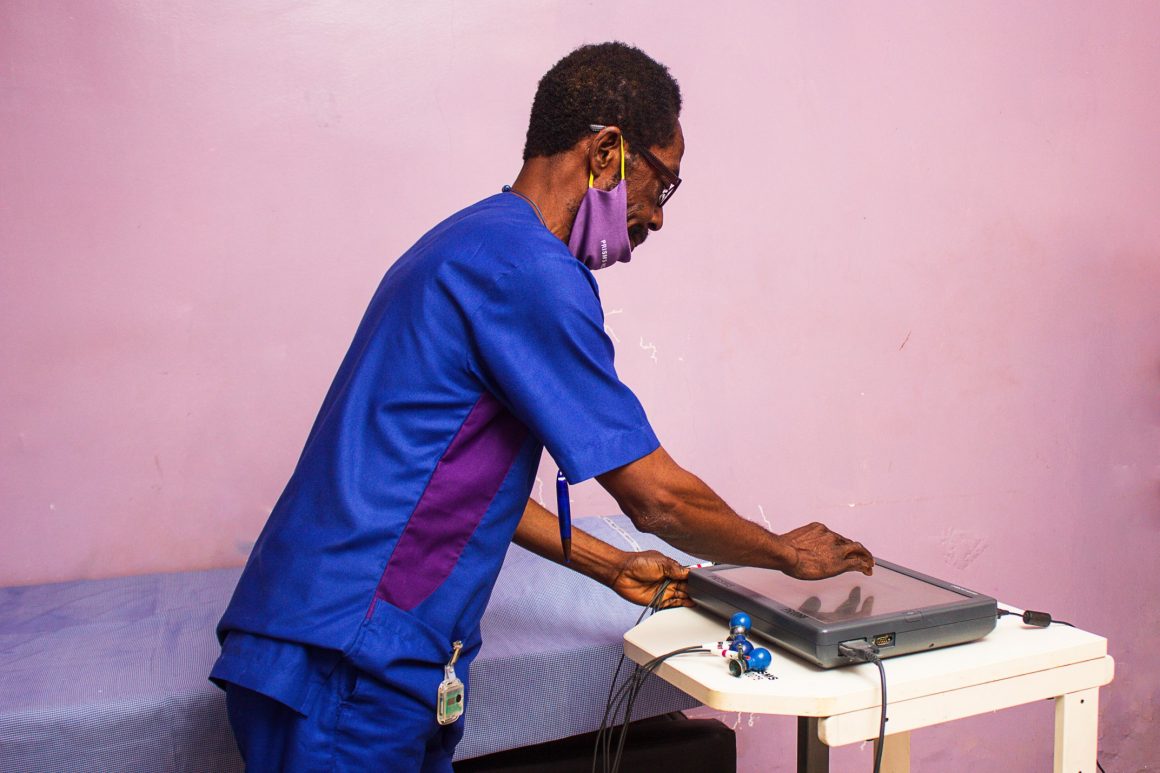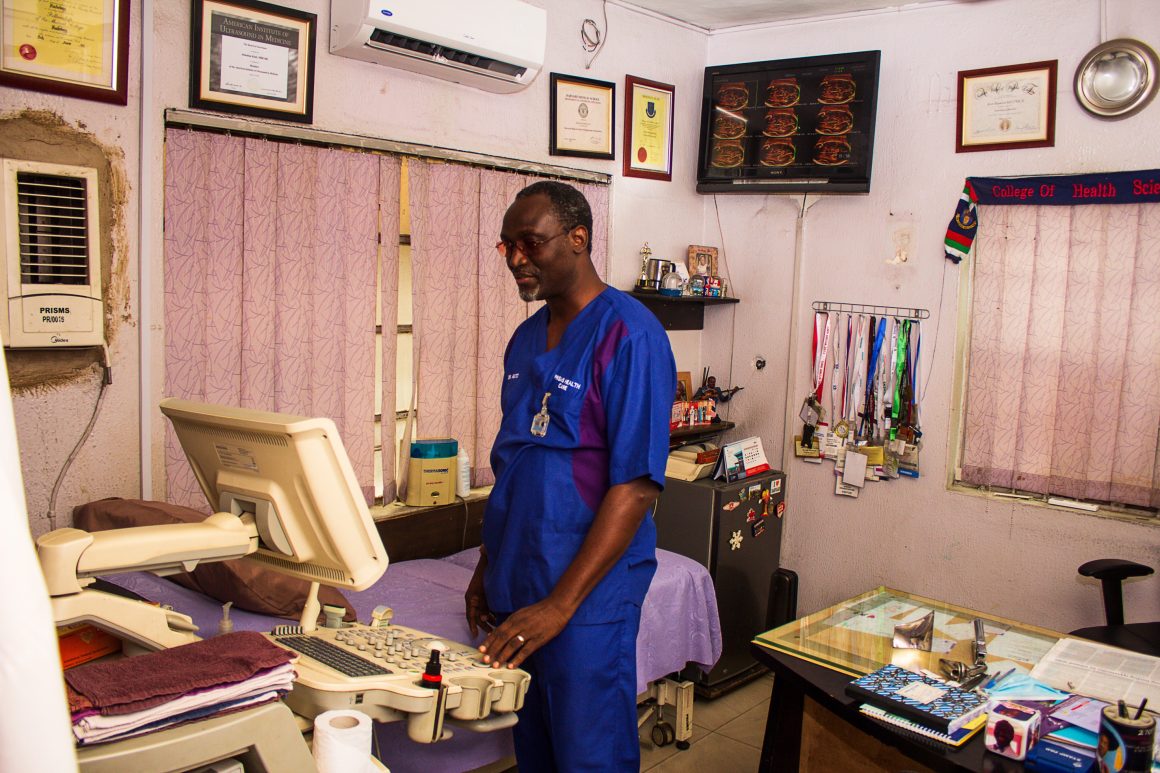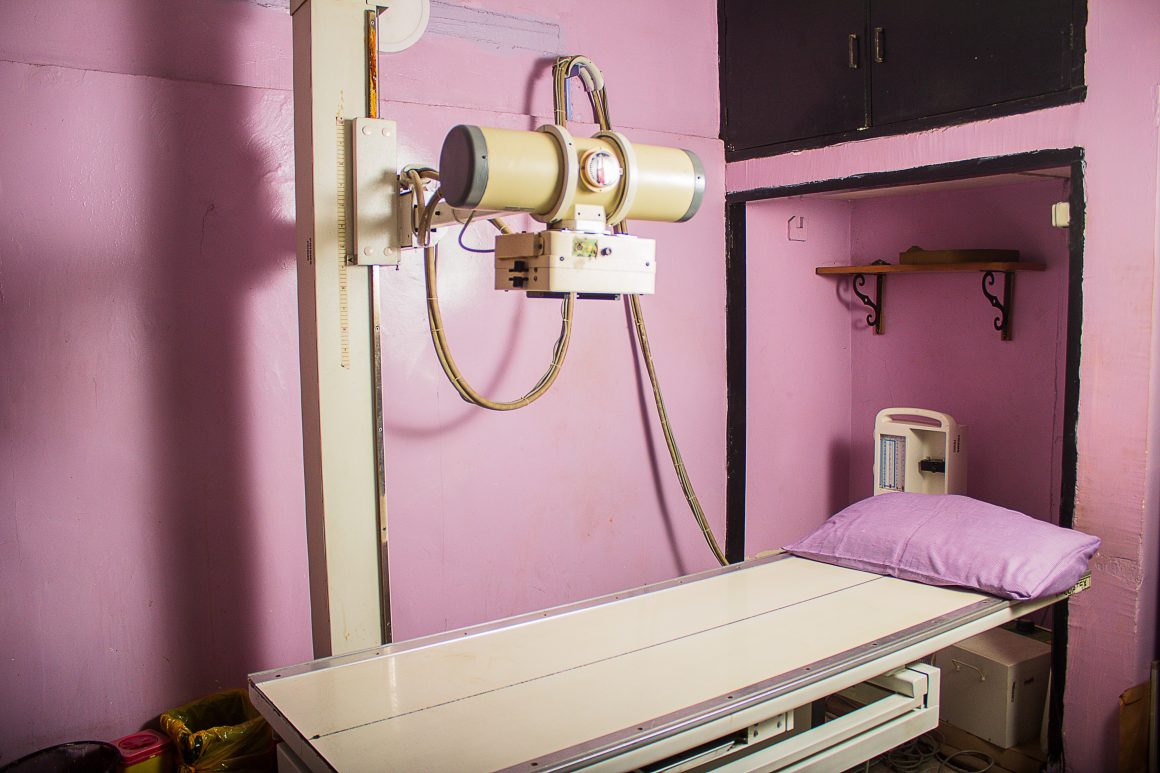Digital Mammography
Digital mammography is a specialized form of mammography that uses digital receptors and computers instead of x-ray film to help examine breast tissue for breast cancer. The electrical signals can be read on computer screens, permitting more manipulation of images to theoretically allow radiologists to more clearly view the results
Digital mammography may be “spot view”, for breast biopsy, or “full field” (FFDM) for screening. Digital mammography is also utilized in stereotactic biopsy. Breast biopsy may also be performed using a different modality, such as ultrasound or magnetic resonance imaging (MRI).
We provide detailed mammography investigations (both screening and diagnostic) to help doctors arrive at a well-informed position.
Breast Scan
A breast scan is an imaging test to look at your breasts. It is used when a mammogram has not given your healthcare provider enough information.
A breast scan is a type of nuclear imaging test. This means that a tiny amount of a radioactive matter is used during the scan. The radioactive matter called tracer sends out gamma rays. These are picked up by the scanner to make a picture of your breasts.
The areas of the breast where the radioactive tracer collects in greater amounts are called “hot spots.” The areas that do not absorb the tracer and appear less bright on the scan image are referred to as “cold spots.” Cancer cells are usually the hot spots in a breast scan.
Ductography
Ductography is an x-ray examination that uses mammography, a low-dose x-ray system for examining breasts, and a contrast material to obtain pictures, called galactograms, of the inside of the breast’s milk ducts.
The breast is composed primarily of three structures: fat, lobules (that make the milk) and milk ducts (that carry the milk from the lobule to the nipple). While mammography, ultrasound and magnetic resonance imaging (MRI) are excellent ways to image the breast; they do not visualize the inside of the breast’s milk ducts to the same degree as ductography.



